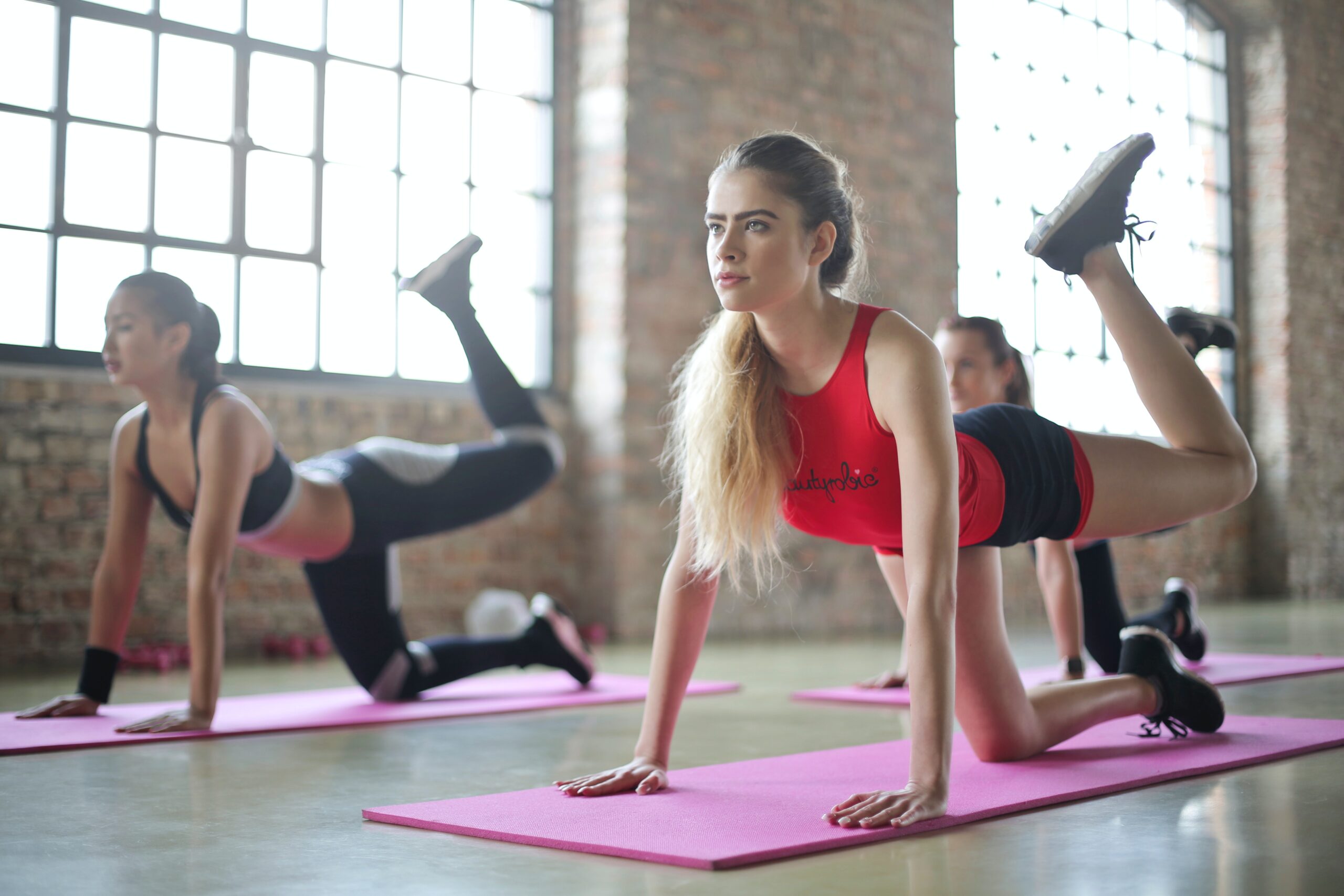While many older people tend to be shy about working out, it’s important to note that they require regular physical activity to stay healthy. Daily exercise keeps muscles stronger and prevents many health problems that develop with age. Let’s look at five exercises that will help with your posture, strength and overall well-being.
Lateral Hip Stretches: As you get older, you need to work on lateral movement, which means side to side movement, regardless of which side you move. They can start by warming up with simple hip stretches for seniors to perform. It is common for older people to lose balance while doing this. If you’re too old or worried about falling, use a countertop or grab bars for support while performing such exercises.
The Chair Ball Stretch: Your ability to balance wears off gradually with postural issues that come with age. The Chair Ball Stretch exercise will help you manage your posture to a great extent, and to do this, you will need a half flat ball and a chair.
You can start by sitting on the chair and placing the ball between your back and the backrest. Make sure the ball isn’t too low on the back but just between your shoulder blades. Now lean back and stretch as the ball supports your mid-back. Try to wrap your shoulders around the ball with your arms stretched out wide, or do the hallelujah stretch. Make sure you breathe deeply (not aggressively) while doing the stretch.
The Chin Tuck: This is an alternative exercise to the previous option, which you can do with the same chair without the ball. Here, make sure your back is as straight as possible with your neck held high. Then hold the rear of your neck with your hands with your elbows sticking out in front. Now try to push your neck with your hands. Make sure to tuck your chin, keep your elbows up, and spread them apart like butterfly wings. You can also further try to look up or to sides to increase the stretch.
The Wall Angel: To perform this exercise, you will have to use a flat wall to support your back. The key here is to ensure maximum contact area between your back and the wall. If you can’t, again, do as much as you can, and you will improve gradually. Once your body and head are aligned with the wall, try to get your shoulders up and press your arms against the wall for as long as possible.
Squats: One of the major physical issues older people have is loss of leg strength. Now while squatting can seem like those strenuous exercises younger healthy lifters do, we are suggesting a mild version with the support of a chair. Without leaning really far forward, put your hands on your knees while sitting on the chair and push yourself up.
If you are strong enough to get up without the support of your hands, you can cross your hands to the chest like traditional squatters do and get up off the chair. Try to repeat this exercise five times and gradually increase up to 10 or 12 repetitions as you improve.
Conclusion
Finally, you should know that you might initially face difficulties while performing these exercises. For instance, if your shoulders are tight because of arthritis, you might find it more difficult to reach your back than others. In such cases, do as much as you can without hurting yourself, and your body will loosen up with time.
You can always ask your caretaker or family for a little help. Or hire a professional personal trainer. Just make sure it’s someone who is specialized in working with the elderly and has all the necessary certifications, including a CPR and First Aid certification that can save your life. Physiotherapists always recommend that older people stay active, especially if suffering from arthritis. In short, working out in your old age is a must and will help mitigate problems in the long run.
Similar Posts:
- How To Turn V Shaped Glutes In To Round Glutes
- Does Abs After 40 Work? The Answer You Should Know
- 11 Reasons Why You Should Start Doing Calisthenics
- 22 Incredible Paul Wall Quotes About His Life
- 10 Exercises To Help You Train Like A Professional Boxer
- Alternative Ways to Treat Anxiety
- How to Deal with Stress in a Natural Way
- Lavar Ball Net Worth
- John Wall Net Worth
- Mark Warner Net Worth

